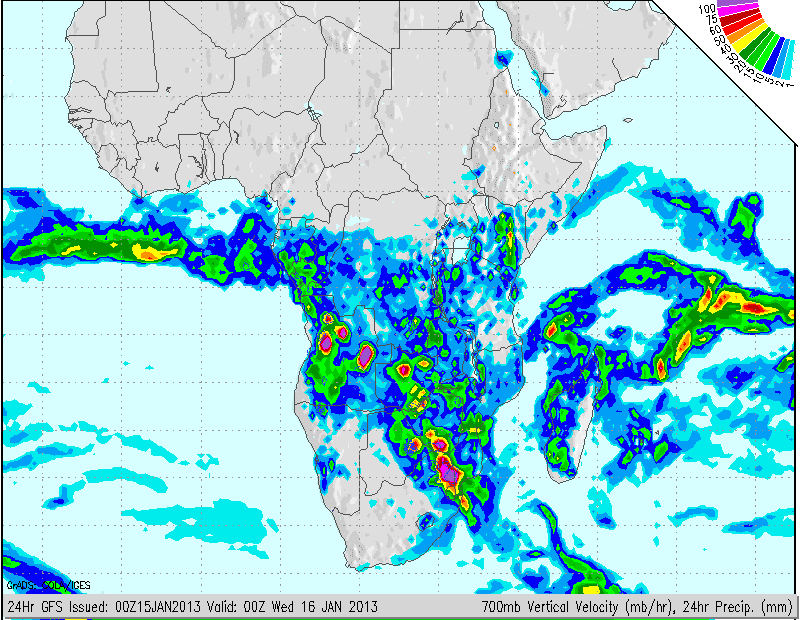
SA Weather and Disaster Observation Service GFS Medium Range Forecasts
This study presents evaluation of the Global Forecast System (GFS) medium-range (1-15 day) precipitation forecasts in the nine subbasins of the Nile basin using NASA's Integrated Multisatellite Retrievals (IMERG) Final Run satellite-gauge merged rainfall observations.
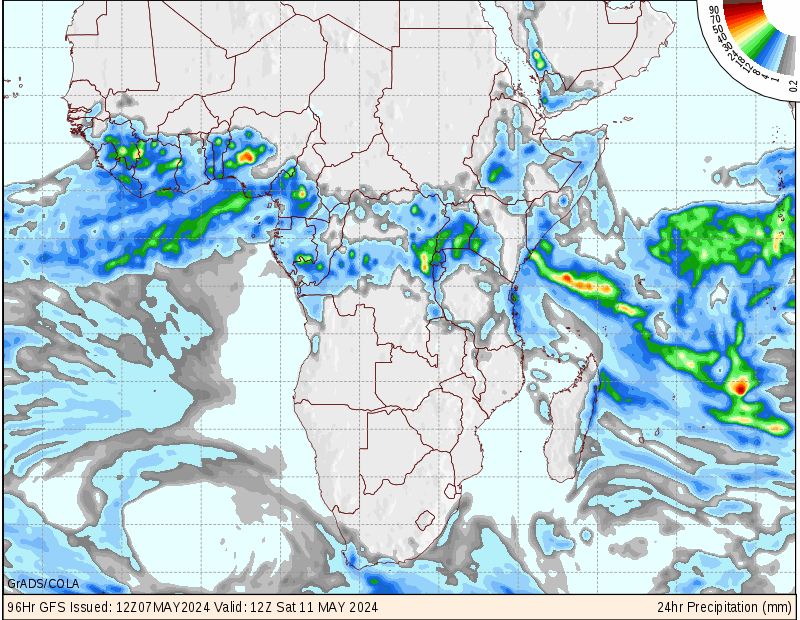
GFS Forecast of Vertical Velocity and Precipitation
Short Range Forecasts for North America Forecast issued: See Image Titles for Initial and Valid Times

GFS Forecast of Vertical Velocity and Precipitation
GFS Medium Range Forecasts of Vertical Velocity and Precipitation Issued: See Image Titles for Initial and Valid Times Forecasts are issued by the National Centers for Environmental Prediction (model documentation) and are presented as a set of seven panels for each 24 hour interval from 0 (analysis) to 144 hours.

GFS Forecast of Vertical Velocity and Precipitation
The GFS model is a FV3 model with an approximate horizontal resolution of 13 km for the days 0-16 days. In the vertical, the model is divided into 127 layers and extends to the mesopause (roughly ~80 km), and temporally, it produces forecast output every hour for the first 120 hours, [1] three hourly through day 10 and 12 hourly through day 16.
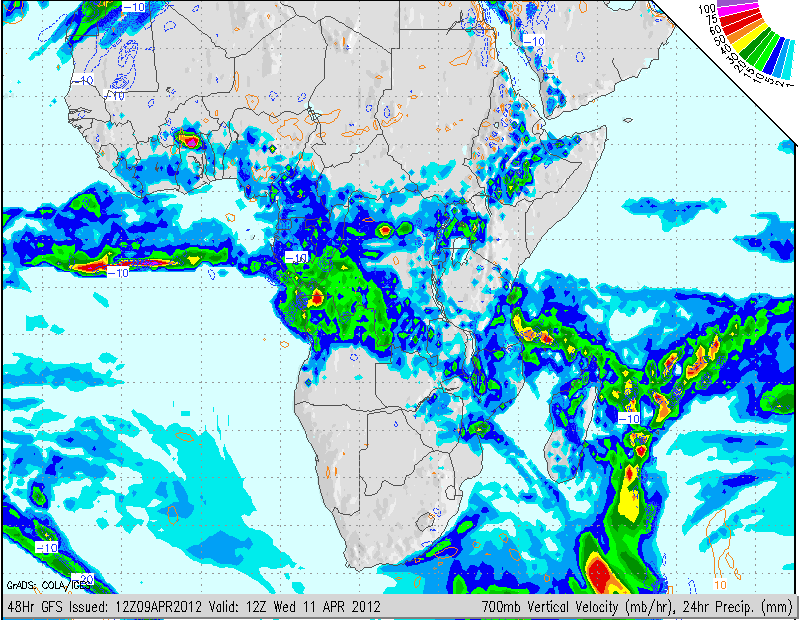
SA Weather and Disaster Observation Service GFS Medium Range Forecasts
The Global Forecast System (GFS) is a National Centers for Environmental Prediction (NCEP) weather forecast model that generates data for dozens of atmospheric and land-soil variables, including temperatures, winds, precipitation, soil moisture, and atmospheric ozone concentration.

Mossel Bay Weather Observation, South Africa GFS Medium Range
This study evaluates the accuracy of medium- range (1-15 d) precipitation forecasts from the Global Fore- cast System (GFS) over watersheds of eight major dams (Selingue Dam, Markala Dam, Goronyo Dam, Bakolori Dam, Kainji Dam, Jebba Dam, Dadin Kowa Dam, and Lagdo Dam) in the Niger river basin using NASA's Integrated Multi-satellitE Retrievals (I.

SA Weather and Disaster Observation Service GFS Medium Range Forecasts
Abstract. Accurate weather forecast information has the potential to improve water resources management, energy, and agriculture. This study evaluates the accuracy of medium-range (1-15 d) precipitation forecasts from the Global Forecast System (GFS) over watersheds of eight major dams (Selingue Dam, Markala Dam, Goronyo Dam, Bakolori Dam, Kainji Dam, Jebba Dam, Dadin Kowa Dam, and Lagdo Dam.
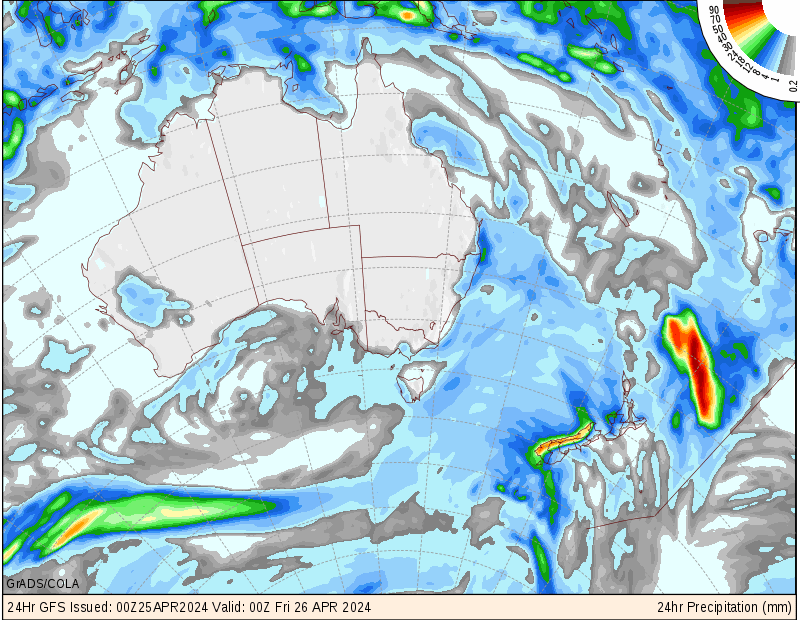
GFS Forecast of Vertical Velocity and Precipitation
In medium-range forecasts, the increased vertical resolution exerts a significant impact on the simulated features of tropospheric temperature and humidity, while changes in the prediction accuracy precipitation are negligible owing to compensation between convective and large-scale precipitation.

SA Weather and Disaster Observation Service GFS Medium Range Forecasts
GFS Forecasts of Vertical Velocity or Precipitation Forecasts are issued by the National Centers for Environmental Prediction ( model documentation ) and are presented as a set of nine panels: the analysis (0 hour forecast), 12 hour forecasts out to 72 hours, followed by 24 hour forecasts out to 120 hours.

SA Weather and Disaster Observation Service GFS Medium Range Forecasts
700mb Heights, Vertical Velocity, Winds & Relative Humidity. GFS GFS Long-Range; Model Fields Forecast Hour. MSLP, 1000-500mb Thickness, & Precipitation: GIF JAVA JavaScript: GIF JAVA JavaScript: 2M Temperature, & 10M Wind: GIF JAVA JavaScript: GIF JAVA JavaScript: 850mb Temperature, RH & Wind Flags: GIF JAVA JavaScript.

GFS Forecast of Vertical Velocity and Precipitation
Medium-range forecasts of Hurricane Sandy's track were characterized by widely diverging solutions, with some suggesting that Sandy would make landfall over the mid-Atlantic region of the United States, while others forecast the storm to move due east to the north of Bermuda.

SA Weather and Disaster Observation Service GFS Medium Range Forecasts
Global Forecast System (GFS) CPEX Introduction The Global Forecast System (GFS) CPEX dataset includes model data simulated by the. GFS, numerical weather prediction, atmospheric precipitation Campaign The NASA Convective Processes Experiment (CPEX) aircraft field campaign took place in the North Atlantic-Gulf of Mexico-Caribbean Sea region.
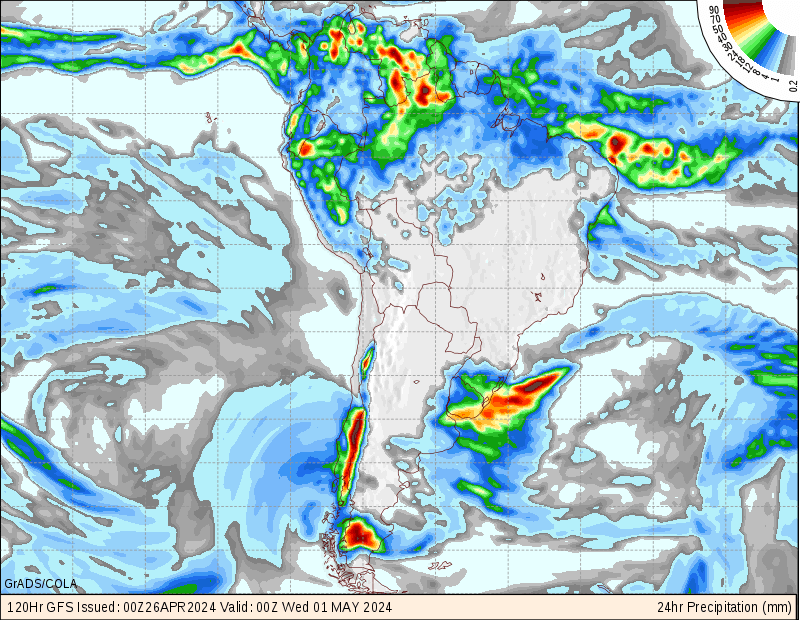
GFS Forecast of Vertical Velocity and Precipitation
changes. The new GFS 15.1 operates at a horizontal resolution of GFS v14, C768 (~13 km) and 64 vertical levels with model top at 0.2 hPa, and provides uniform resolution forecasts out to 384 hours, four times a day with hourly output for the first 120 hours and then three-hourly output up to 384 hours.
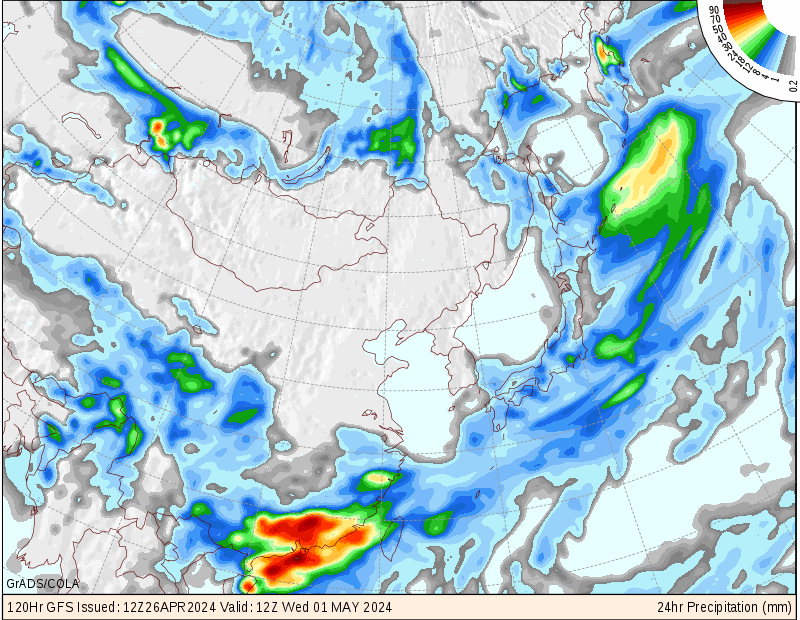
GFS Forecast of Vertical Velocity and Precipitation
View GFS weather model forecast map image for Precipitation Type, Rate in Continental US on pivotalweather.com.. Precipitation Type. Precipitation Type, Rate. Quantitative Precipitation. 3-h QPF. 6-h QPF. 12-h QPF. 24-h QPF.. Height and Vertical Velocity. 500 mb Height, Vertical Velocity. 700 mb Height, Vertical Velocity.

SA Weather and Disaster Observation Service GFS Medium Range Forecasts
Vertical Velocity and Precipitation Issued: See Image Titles for Initial and Valid Times Forecasts are issued by the National Centers for Environmental Prediction ( model documentation) and are presented as a set of seven panels for each 24 hour interval from 0 (analysis) to 144 hours.
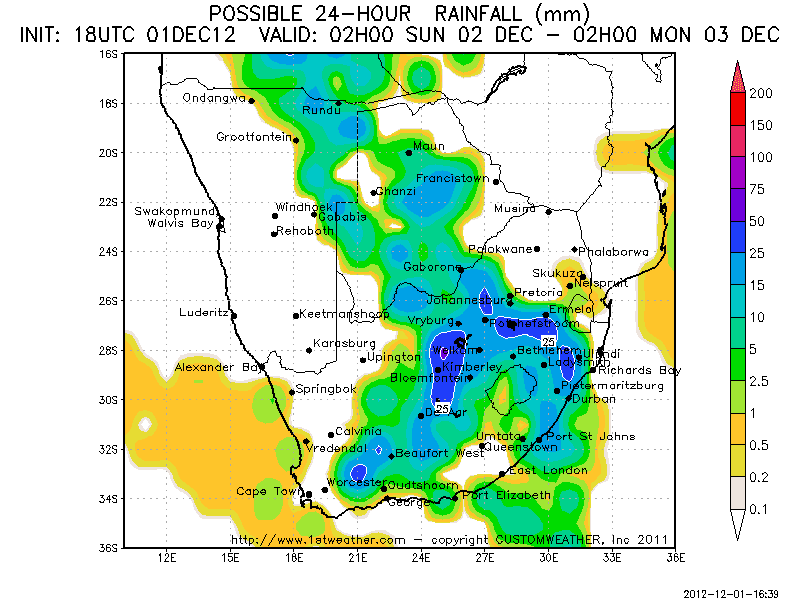
SA Weather and Disaster Observation Service GFS Medium Range Forecasts
Vertical Velocity or Precipitation Issued: See Image Titles for Initial and Valid Times Forecasts are issued by the National Centers for Environmental Prediction ( model documentation) and are presented as a set of seven panels for each 24 hour interval from 0 (analysis) to 144 hours.